May the gods of Hiss and Compression bless Lou Ottens. As head of new product development at Phillips, the Dutch engineer invented the compact cassette in 1963 and changed music for ever. Ottens died last week at 94. A good age, and a good number. You could get a full album on each side.
For many of us born in the 1970s, who came of age musically in the 1980s and 1990s, the blank cassette has an unkillable romance. We measured our lives in spools of magnetic tape: C60, C90, the occasional C46. Inside those hard plastic shells we surfed the thin end of the aural wedge, composing scrappy love letters in the medium’s notoriously tinny register — no bass, all treble.
Tapes were desirable not for their audio quality, which was sub-prime, or aesthetic appeal. A cassette album possessed none of the grandeur of vinyl, nor the bland efficiency of a CD. The precariously hinged plastic box, harbouring finicky folds of paper and tiny text, was the poor stepchild of any official album release. It was ugly and precarious. The tape frequently got chewed up; the signal warped and flared.
This was not the optimum way to hear the latest album by your most beloved band. The beauty of the cassette lay in its portability and utility. Aided by the Sony Walkman, it freed up the act of listening, blurring the line between a private act and a public display. You could play music in the car, in the street, in transit. To generations raised on the iPod and smart phone, it’s hard to articulate just what a liberation the cassette represented.
Where it truly came into its own was in the noble art of redistributing music. Of all audio formats, the tape was the most democratic, and the only one of greater value empty than full. The blank cassette was a portal to possibilities, a pathway to individual curation. In secondary school and university, our lives revolved around compilation tapes (nobody, but nobody, called them mixtapes) because they bypassed the gatekeepers of radio, record companies, even artists. We became our own DJs and compilers.
Modern Spotify playlists are wonderfully convenient but provisional. If you don’t like a track you simply delete it. The art of recording your favourite songs on cassette, in contrast, required commitment, not just to the running order — picking the opening and closing tracks was particularly fraught — but a mood, an aesthetic, a theme.
The resulting DIY artefact had (an often awkward) personality, accessorised with titles, artwork, annotations. Whether intended for a friend, a lover, a crush, a sibling or simply oneself, it was always a statement, and often an act of love — or, occasionally, its opposite. In the early noughties, when I started seeing the woman who became my wife, she made me a compilation tape so sloppily conceived that for 90 minutes I felt sure I was being dumped via TDK.
Around the cassette came an entire subculture of faffing and fiddling. The ritualistic simultaneous pressing of Play and Record; the world-shifting thrill of the auto-reverse button; the dark mysteries of Dolby noise reduction; high speed dubbing; fast forward; rewind. Blank tapes could be recorded over multiple times, with fearsome degradation in sound quality, until the hiss became an instrument in its own right.
Most pleasingly, the cassette represented licensed illegality. It wasn’t just taping albums for friends, but taping songs off the radio, taping live concerts, taping each other. Before the internet brought one-click access to almost everything, the cassette was music’s premium medium for trading secrets. I fondly remember certain record shops in Bristol, where a tray of bootleg tapes would materialise from beneath the counter, revealed to trusted customers with a magician’s flourish. Something for the weekend, lads?
The same items were coyly advertised in the back of the music weeklies. You sent off your money and crossed your fingers for a decent recording of R.E.M. playing Brown University, or the Cure at some Brummie nightclub. Record fairs offered racks of rickety live concert tapes and illicit compilations of studio outtakes, packaged in pastel-coloured covers with stencilled graphics and grainy photocopied images.
Little wonder the industry hated cassettes. The egregious 1980s slogan — ‘Home Taping Is Killing Music’ — told the exact opposite of the truth: home taping let music blossom. What they really meant was that home taping was killing profits, and even that wasn’t really true. In encouraging our teenage tastes to evolve, the compact cassette led directly to millions of official album sales.
I’m speaking in the past tense. Like many relics from the pre-digital age, the cassette has recently been reclaimed as an item of interest by hipsters. (Full disclosure: in the past few years I’ve owned two cars with cassette players, and found a sweetly nostalgic pleasure in slotting tapes into the machine.)Sales are tiny, but growing. Lou Ottens’ beautiful invention will continue spooling forward in some form or other, but the blank cassette is where it truly came alive — and that belongs to the world of collective, cherished memory.
Got something to add? Join the discussion and comment below.
Get 10 issues for just $10
Subscribe to The Spectator Australia today for the next 10 magazine issues, plus full online access, for just $10.
You might disagree with half of it, but you’ll enjoy reading all of it. Try your first month for free, then just $2 a week for the remainder of your first year.

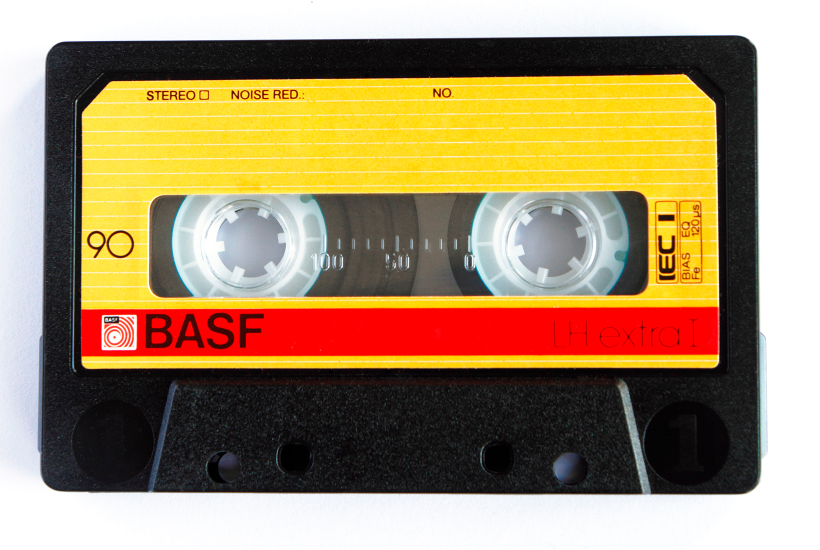
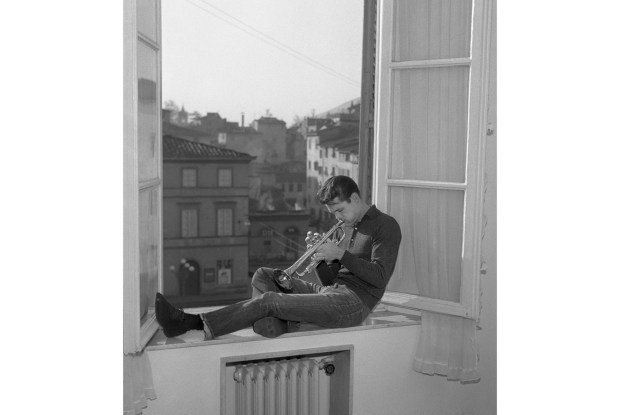
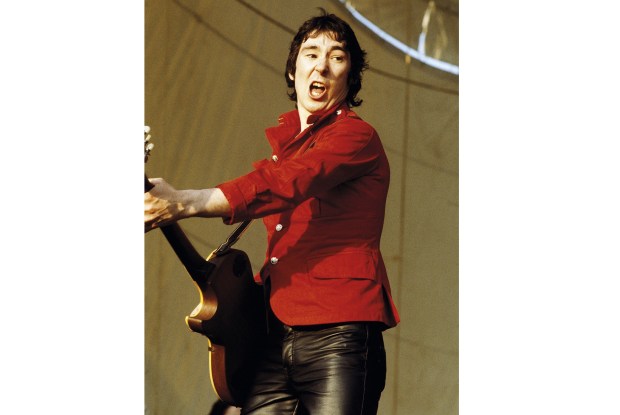
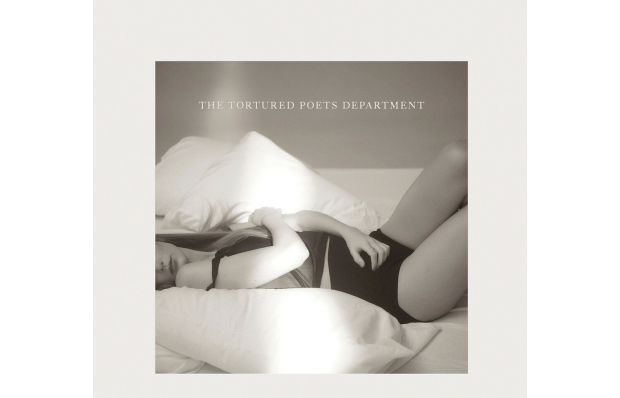
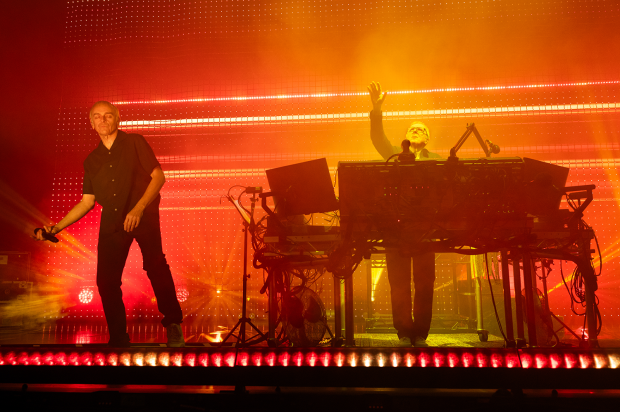

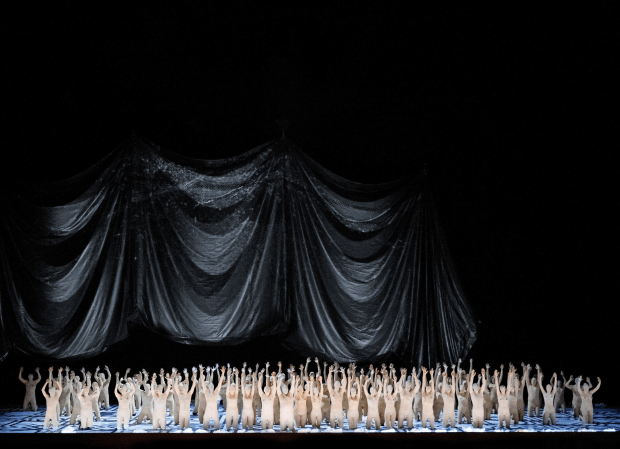






Comments
Don't miss out
Join the conversation with other Spectator Australia readers. Subscribe to leave a comment.
SUBSCRIBEAlready a subscriber? Log in